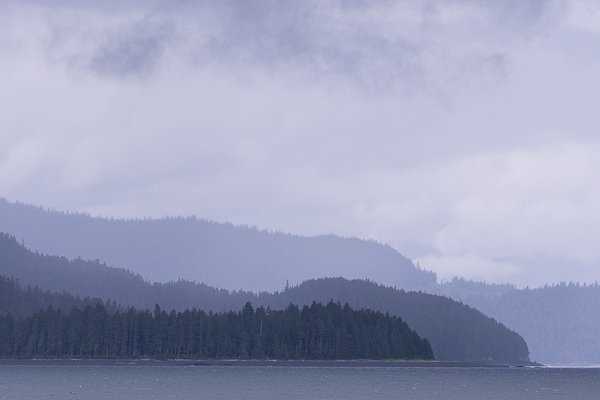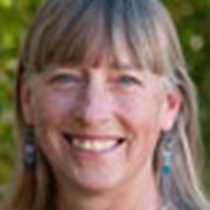A quiet shroud of lenticular clouds diffused the morning sun, creating a crimson red glow for those early risers on the National Geographic Sea Lion. With the tide slowly ebbing, the ship glazed through Peril Strait and silently entered Chatham Strait as guest enjoyed their coffee and breakfast. It was a morning for guests to better understand Lindblad procedures, bear safety, expedition landing craft operations and learn how their camera can best record their vacation. However, as the National Geographic Sea Lion entered the Morris reef region, the necessary sessions were halted to allow for humpback whale and Dall porpoise watching. The team of Lindblad naturalists was on hand to spot and identify marine mammals, followed by naturalist Larry Hobbs sharing his knowledge and experience from researching these marine mammals, until the critters followed their food source to a long distance away from the National Geographic Sea Lion.
Following a delicious lunch, guests loaded into the expedition landing crafts for their first wilderness experience at Pavlov Bay State Park on Chichagof Island. Guests were able to kayak one round and then choose between a slow, moderate and fast hike with more exploration and less interpretation for the fast hikers and vice versa for the slow hikers for the second round. Many hikers were treated to an incredible diversity of plant life, the site of red squirrels eating Sitka spruce cones, a cascading waterfall that stimulated the mind to envision salmon leaping upstream to spawn, a multitude of fungi slowly returning organic nutrients back to the soil, and the droppings of brown bears filled with plant fibers. But alas, no brown bears were observed, perhaps a good omen for the first day.
After a delicious salmon dinner, marine mammal specialist Larry Hobbs returned to the lounge to share in more detail about the life ways of the numerous marine mammals that call the inland waterways of Southeast Alaska home.









